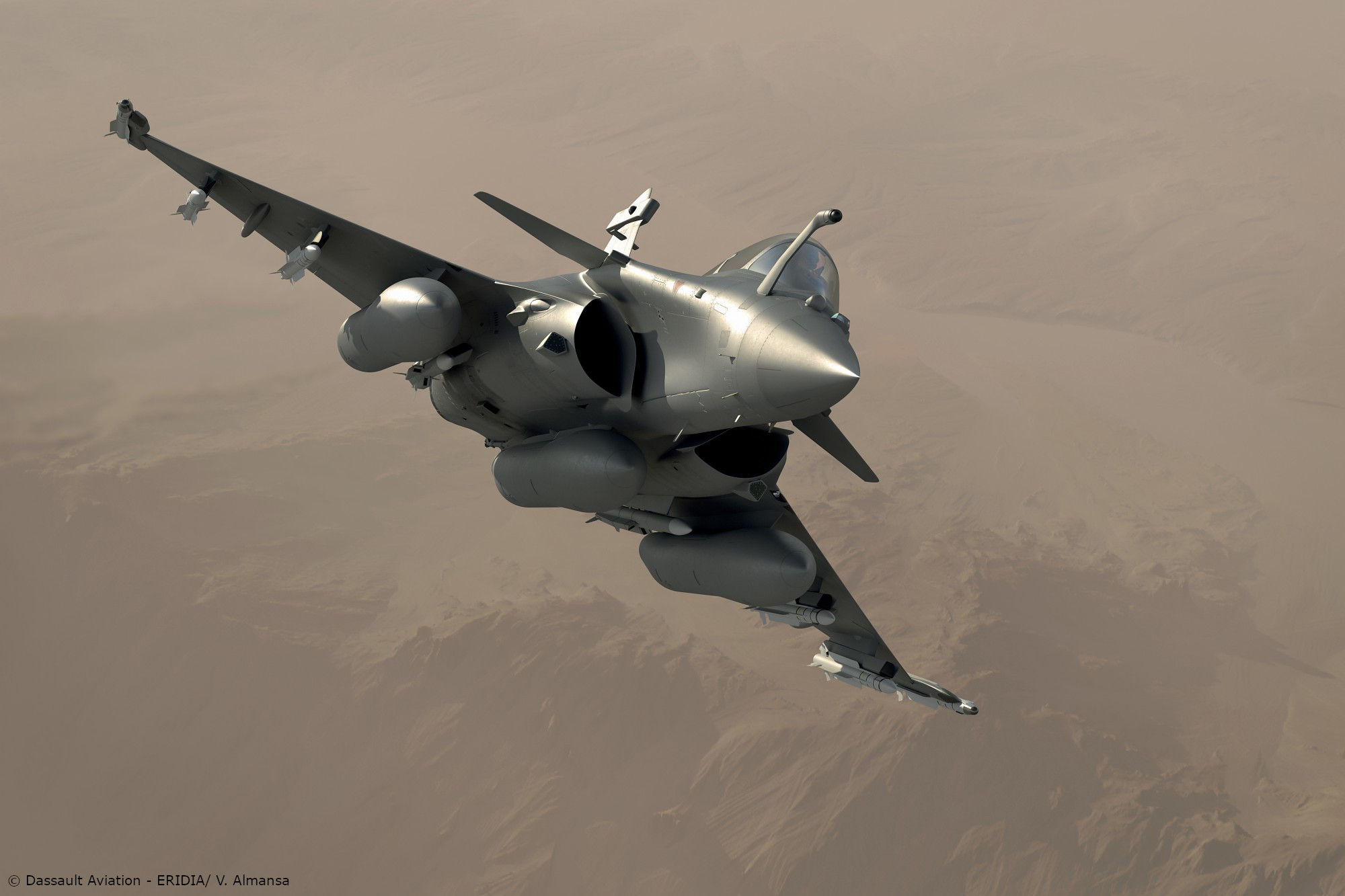French military pilots are facing an alarming training deficit, according to a recent report by a French lawmaker on behalf of the National Defense and Armed Forces Committee that discussed the challenges the French Air Force pilots will face in 2023.
The report prepared by the French Parliament member Frank Giletti noted that the fighter pilots in the French Air Force are expected to fly only for 147 hours in 2023, against 162 in 2022, which is below NATO standards that require a combat pilot to clock at least 180 flight hours per year.
“This training deficit is particularly detrimental, while the current strategic context requires, on the contrary, a hardening of the operational preparation of our airmen,” Giletti remarked.
The French Ministry of Armed Forces responded to Giletti’s remarks saying the deficit in the flying hours of the pilots was linked to aircraft availability.
“This situation results partly from the sale-export of Rafales to Croatia, which limits the number of airframes available and the production capacity of flight hours,” the French Ministry of the Armed Forces explained.
Burden On French Fighter Pilots
In November 2021, Croatian Defense Minister Mario Banožić and his French counterpart Florence Parly signed a deal for 12 used Rafale F3-R fighter jets to modernize the Croatian Air Force.
As EurAsian Times discussed earlier, there was a time when Rafale struggled to get buyers, but of late, the French-made fighter jet has become one of the most sought-after fighter jets in the world.

Greece had also signed a defense agreement in January 2021 to purchase 18 Rafale fighters, of which six jets were delivered on January 18. Moreover, Athens decided to increase the purchase order by adding six more jets in September.
The United Arab Emirates (UAE) struck a deal in December 2021 to buy 80 new Rafales, which was also the largest order in the history of this aircraft.
In February, Indonesia also ordered six Rafale fighter jets and later added 36 more. The first batch of six Rafale fighters is scheduled for delivery in 2026.
Therefore, Dassault’s assembly lines would be busy for the foreseeable future, meaning the export success of the fighter would continue to put a burden on the flight hours of the French fighter pilots.
To make up for the 24 used Rafale fighter jets sold to Greece and Croatia, the French Ministry of Armed Forces will place a new order for 42 Rafale jets in 2023, but reports suggest they will not be delivered before 2027. The new Rafales to be ordered could be in the advanced F4 configuration.
Deputy Chief of Staff Frederic Parisot had already warned the French parliament in a hearing on July 20, 2022, that the training shortage would extend for two years. “However, the situation remains acceptable, provided that the aircraft of the [future orders] are delivered on time,” he explained.
Mirage-2000s Could Be Used As Agressor Aircraft
Military transport pilots are also experiencing less flying, with only 189 flight hours expected in 2023, far below the minimum 320 hours required by NATO standards.
According to the Ministry, this is because of the low availability of the C130H and A400M fleets caused by deployment delays and technical problems.
Giletti also pointed out that the current missions did not provide the most appropriate way for pilots to practice combat skills.
“Increasing operational readiness is all the more essential since the operations currently carried in the Levant, the Sahel or Ukraine hardly mobilize the skills required in high-intensity combat, so that the latter cannot be acquired other than by training.”
Giletti’s report also provided two recommendations to address this issue. The first is to continue developing and maturing simulated training and potentially account for it within the standards of a pilot’s operational activity.
The second recommendation was forming a ‘Red Air’ fleet of fighters that would replicate the role of adversary aircraft to provide realistic training, referred to as adversary air services (ADAIR), to French pilots.
The report suggested that the Dassault Mirage 2000 fighters being phased out gradually provide a window of opportunity to employ these fighters for this purpose. Alternatively, another solution could be to outsource this task to private contractors.
The French Navy has already implemented the second solution by hiring private contractor ARES to train the naval fighter pilots using 12 Mirage 2000 fighters procured from Qatar to avoid burdening its 42 carrier-capable Rafale-Marine (Rafale -M) fighters.
However, the report noted that the private ‘Red Air market in France is still in its infancy.
- Contact the author at tanmaykadam700@gmail.com
- Follow EurAsian Times on Google News